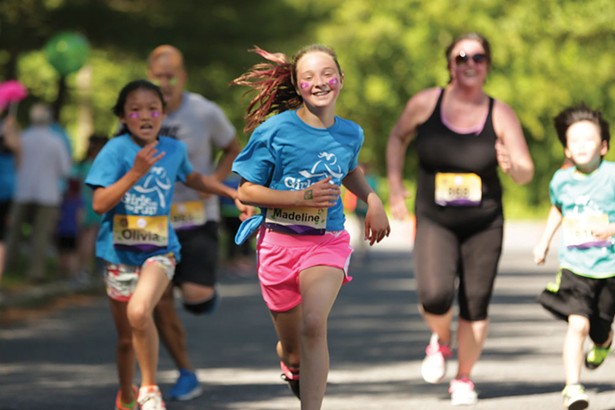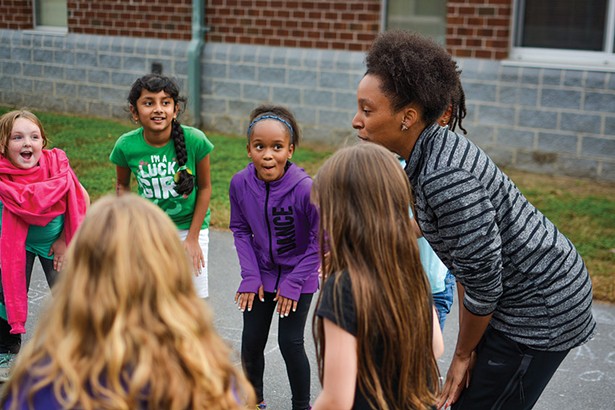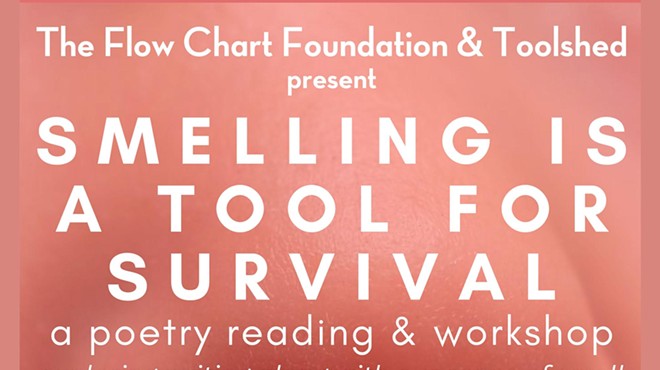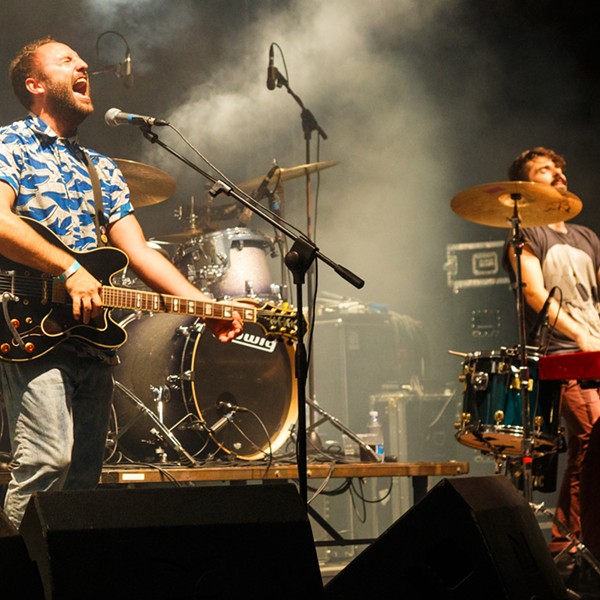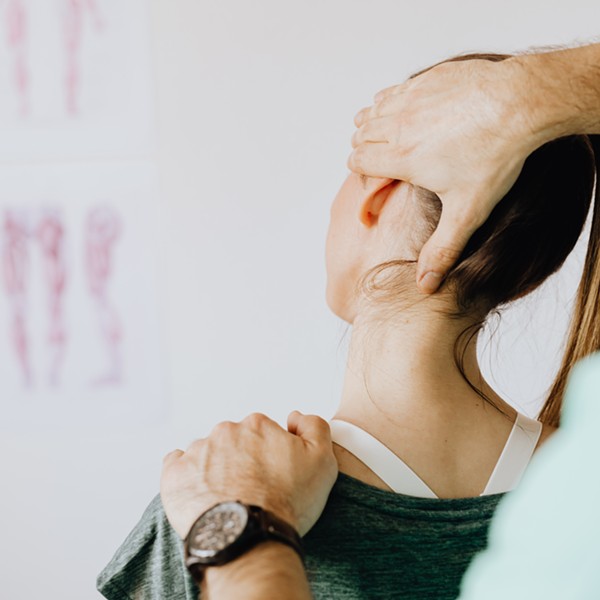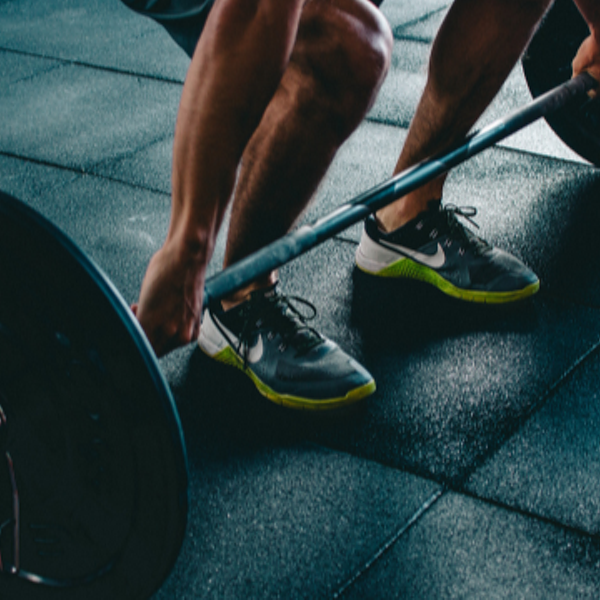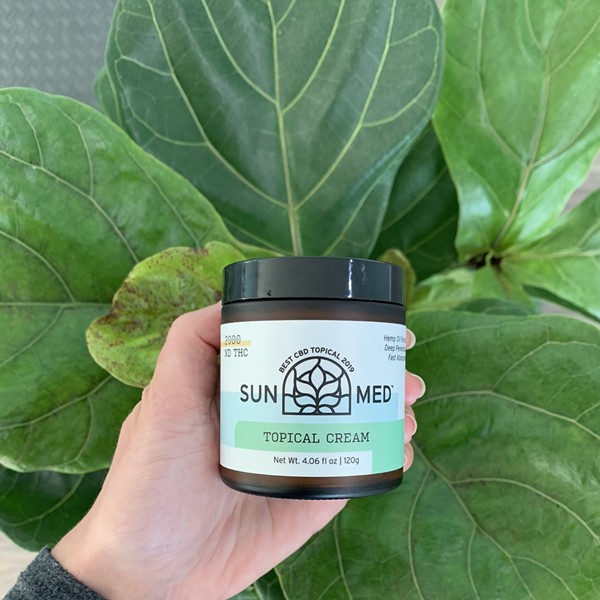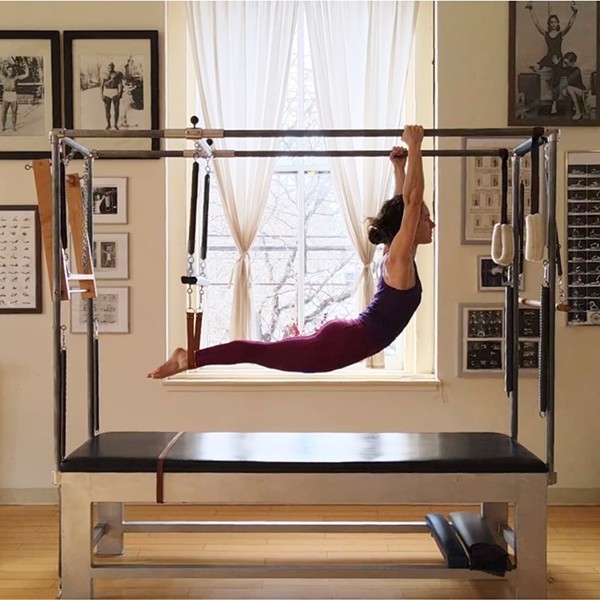Back in 2011, when Kim Quimby's older daughter was in third grade, she started talking in a way that her mother didn't recognize. "She would say things like, 'I'm not pretty,' 'I'm ugly,' 'I'm fat,' and I thought, 'Where is my child getting this?'" recalls the mother of two. "We don't talk like that in our house. We don't even have a scale." Quimby felt an intense need to research what was going on in our society and the forces that seemed to be damaging girls at such a young age. In one of her online searches about girls' self-esteem, she stumbled across an organization with the mission of paving a different kind of route through girlhood. It was called Girls on the Run, with "teams" nationwide, like Girl Scout troops, and a science-based curriculum that wove together running games with group activities designed to empower girls in grades three through eight. Each session in the spring and fall culminated in a celebratory 5K run where photos showed the girls' faces flush with endorphins and self-assured joy.
Quimby wanted some of that for her daughter, but when she reached out for more information, she found that her region of New York didn't have a Girls on the Run council. Based in Cornwall-on-Hudson, she was told that she'd need to start a council herself for the Hudson Valley area, a process that required a lengthy application, an attorney, and an accountant. "I had a career, a husband, two kids, a house—there was no way I could take on something like that," she thought initially. As luck would have it, several months later Girls on the Run connected Quimby with an interested mom in the next town who happened to be an attorney, and that woman had a close friend who was an accountant. "Everything started to fall into place," she says. The three women met monthly for a year, and they launched Girls on the Run Hudson Valley in the fall of 2012. That inaugural season produced two teams with 20 girls total—12 in Cornwall and 8 in Newburgh. Fast-forward six years later, and the regional organization now reaches nearly 2,000 girls a year in Orange, Ulster, Dutchess, Putnam, Westchester, and Rockland counties.
"That first season was an incredible experience," says Quimby. "The girls would run up to me so excited, 'Coach Kim, what are we going to do today?' They were so enthusiastic about the lessons, the activities, the running. Everybody wanted to do more and more." After two years coaching, she quit her corporate communications job to devote herself full-time as the executive director of Girls on the Run Hudson Valley. Her older daughter is a sophomore in high school now, and Quimby doesn't know most of the kids registering today, but the experience still tugs at her heart. "Every time we get to that 5K at the end of the season, I have tears in my eyes because these girls are crossing the finish line joyfully, arms up, so proud of themselves at what they've accomplished. It's an awesome thing to see."
Breaking Out of the Girl Box
Girls on the Run started in the 1990s as the brainchild of Molly Barker, a four-time Hawaii Ironman Triathlete and recovered alcoholic who had hit rock bottom a few years previously and felt like running saved had her life. During a run one day, Barker had an epiphany that she had grown up living in the "girl box"—a trap that many girls fall into in their adolescent years, when perceived societal expectations seem to push girls into obsessing over their looks, bodies, popularity, and other outward qualities. When she was running she felt free, and she wanted to help young girls in particular to untangle from the cultural stereotypes and pressures that hold them back and keep them from realizing their full potential. Girls on the Run started with one team of 13 girls in Barker's hometown of Charlotte, North Carolina, in its first season. The idea caught fire, and it steadily grew from coast to coast; in 2015, the program registered its one millionth girl.
You don't have to be a jock to do Girls on the Run; instilling a love of physical activity in girls is just one piece of the larger picture. "We're not trying to build world-class runners here," explains Quimby. "Our mission is to inspire girls to be joyful, healthy, and confident using a science-based curriculum that creatively integrates running. More than anything, we want to help strengthen their inner spirit and celebrate what makes them one of a kind." Part of that mission is showing them that they can achieve their goals and feel good—for example, the 5K event at the end of the season. "You set a goal, you work towards it, and you can accomplish it, and that's all going to build your confidence. It's not about being competitive; we're celebrating everybody. The girls' abilities are all different. Some girls will only walk, and that's okay. Our motto is 'You can walk, run, skip, or hop.' You just have to keep moving forward."
Annette McTigue, a Girls on the Run trained coach and mother of seven who lives in New Windsor, remembers how much she disliked running in physical education class, though she enjoys it now. "Back in elementary school, you have to run that timed mile and nobody wants to do that. There's no one there to say, 'You can do it! It's not as hard as you think it is!'" The supportive environment at Girls on the Run changes all that. Yet like Quimby, she's eager to clarify that this is not a running club. "It's not about running," she says. "It's about empowering girls to be strong girls and growing those girls into strong women." The curriculum focuses on helping girls build skills for navigating their increasingly complex social worlds, standing up for themselves and others, resolving conflict, managing strong emotions, building self-esteem, and supporting one another along the way. Sessions touch on nutrition and exercise for wellbeing and joy, and with each meeting, the girls run (or walk) a little bit farther on the track as they work toward their goal of completing the 5K (3.1 mile) event. "This is a safe zone," adds McTigue. "There is no judgment here. No one is going to knock you down. This is about building you up."
Two Programs for Two Stages of Girlhood
As Girls on the Run evolved nationwide, it split into two groups with separate curricula: one for grades 3–5 (8 to 11 years old) and another for grades 6–8 (11 to 14 years old). Tailored to different developmental stages, the curricula speak to what girls are going through in each group and give them tools appropriate to their ages. Teams meet twice a week over 10 weeks in an after-school program with a $175 registration fee. Sliding fees and scholarships are available, and no girl is turned away because of cost (the organization will even provide running shoes and clothes to girls who need them).In the practice sessions, kids in the younger teams learn about the power of kindness and connection, how to have confidence in themselves, and how to find and develop their strengths. "We spend the whole middle section, maybe four to five lessons, just on friendships," says Quimby. "We talk about choosing your friends, and not needing to be friends with the popular girl if they don't make you feel good." During running games they learn about "star power"—a way to pull from within to find encouragement and the inner strength to keep going. "When we do a practice 5K, we have these cool signs to hold up that say, 'Touch here for star power,'" says McTigue. "It gives them a little boost that says, 'I can do this.'" The girls also vote on a community impact project that they can work on together, seeing how even at a young age they can make a difference in the world. One team gathered supplies for a local animal shelter as their way of giving back.
For the older group, a curriculum called Heart & Sole addresses some of the more complex issues that girls face in middle school. As social worlds grow more complicated, girls at this age may have to negotiate the "queen bee" mentality, where certain girls dominate the scene. Instead of simply accepting that world order, girls can question it and let their hearts decide what's right. "It's about how you allow yourself to be treated in every relationship that you're in—your friends, family, peers, teachers, everyone," says McTigue. "You get to determine how you will allow yourself to be treated." The mixed messages of social media also need disentangling. "I think social media is bringing them down and often making them feel excluded," notes Quimby. "There's a lot of fake stuff out there. We're teaching them how to decipher it." In addition, the older girls gain the skills to manage stress, particularly in spring, when state testing hits the schools. Sometimes coaches will suggest that the girls run a lap first, to get it out of their system. "They come back so light and free, and then we can start the practice," says Quimby.
Moving Through the World with Intention
Drawing from science and psychology, Girls on the Run uses research as a touchstone for its curricula, which is all about helping girls live lives of greater intention, awareness, and potential. Studies show that between the ages of 8 and 14, girls' confidence plummets by 30 percent. "The other statistic we know is that girls start losing their voice at this age," says Quimby. "They stop raising their hand because they're afraid that someone is going to laugh at what they say." Or they hold their tongue, lest peers think they're too bossy. Girls in their teens can exhibit a loss of leadership confidence, which tracks with the shortage of women in leadership roles later in life and the gender pay gap that continues to hurt women.Research exists, too, supporting programs like Girls on the Run as a potential countermeasure to forces like these. A study of program participants by Maureen R. Weiss, PhD, a youth development expert, found that 97 percent of the girls were using the skills they learned at Girls on the Run at home, at school, and with friends, applying them to situations and dynamics in real life. And girls who were the least active before joining Girls on the Run increased their physical activity level by more than 40 percent, often maintaining or increasing that level after the program's end.
Possible benefits go beyond the physical, says McTigue. "It's about saying, 'I am important, I am strong across the board. It's my spirit, my body, my brain.' It's about giving yourself the confidence to be a good person."
RESOURCES
Girls on the Run Hudson Valley
Girls on the Run International







